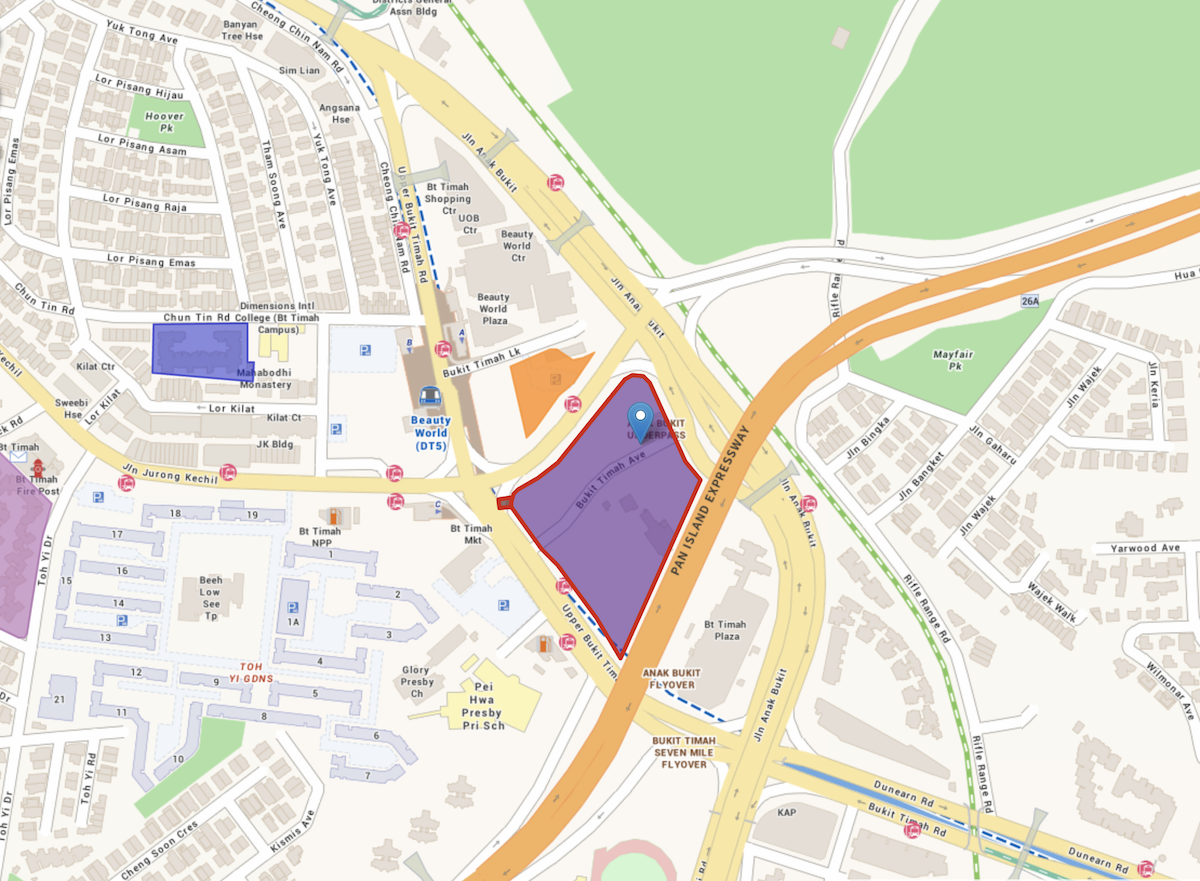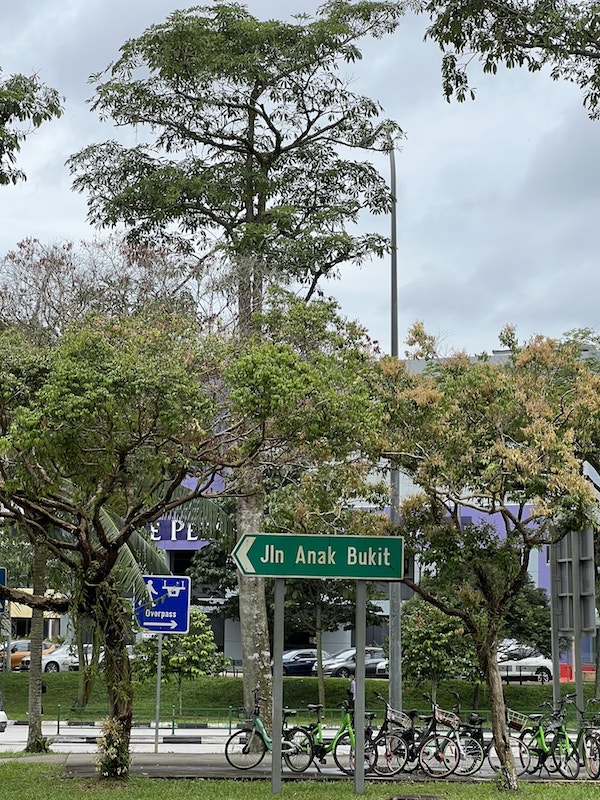Latest Information The Reserve Residences Price List As At Saturday, July 12th 2025 updated, Register to receive the price list and book showflat appointment!
History of Upper Bukit Timah
Bukit Timah, shortened as Bt Timah is a residential neighbourhood and a planning area on the western end of the Central Region.
It is about 10km from the city centre and borders Bukit Panjang on its northwest, the Central Water Catchment on its north, Tanglin on its southeast, Queenstown on its south, Bukit Batok on its west, Novena on its east, Clementi on its southwest, and Tanglin on its southeast.
The name Bukit Timah is derived from the Malay words Bukit and Temak which means a hill of the Temak trees. Temak was corrupted resulting in Timah, and the name Bukit Timah. Bukit Timah is recorded in the 1828 map by Jackson and Franklin.
The inhabitants viewed Bukit Timah hill as a place of healing which led to the construction of a carriageway road to the top of the hill in 1843. A small hut furnished with chairs was also set up to allow visitors to enjoy the healing fresh and cool air.
Bukit Timah Road was among the earliest roads in the area and in Singapore. The 25-km road runs north and south. It borrows its name from the hills. In Hokkien. Bukit Timah Road means Tek Kha Kang to mean the side of the stream in Teh Kha. Bukit Timah was also popular as Be Chia Lo Bue which means “end of the horse carriage road” among the Hokkiens.
Mr Thomson and Dr Little became the first people to travel across the island on Bukit Timah Road in 1840. The horseback ride took four days.
It is reported that Tigers had a heavy presence in the Bukit Timah area causing a serious threat to the early inhabitants. In 1860, about 200 people are said to have been killed by tigers that resided in the pepper and gambier plantations.
A notable event to happen in the area was The Battle of Bukit Timah, around 1942. It’s here where the last defensive stand against the Japanese Empire was laid by British soldiers during their invasion of Singapore in the second world war. Bukit Timah came under Japanese rule after defeating the British. In 1945, the Japanese Surrendered bringing an end to the difficulties experienced during their occupations. 20 years later, Singapore gained Independence.
After WWII, the plantations and farms in Bukit Timah paved the way for the development of high-rise flats and industrial buildings. Between the 1960s and 1970s, Bukit Timah was a key industrial centre in Singapore. The developments have since been replaced with modern condominiums, terraces, and luxury bungalows.
Today, world-class malls, eclectic cafes, luxury villas, and a serene atmosphere with a natural rainforest make Bukit Timah a premier neighbourhood. If you like it in the West, Bukit Timah is the ultimate destination. The gem has a lot to offer, making it easy for families to lead their day to day lives with everything nearby.


